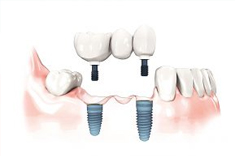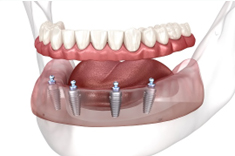

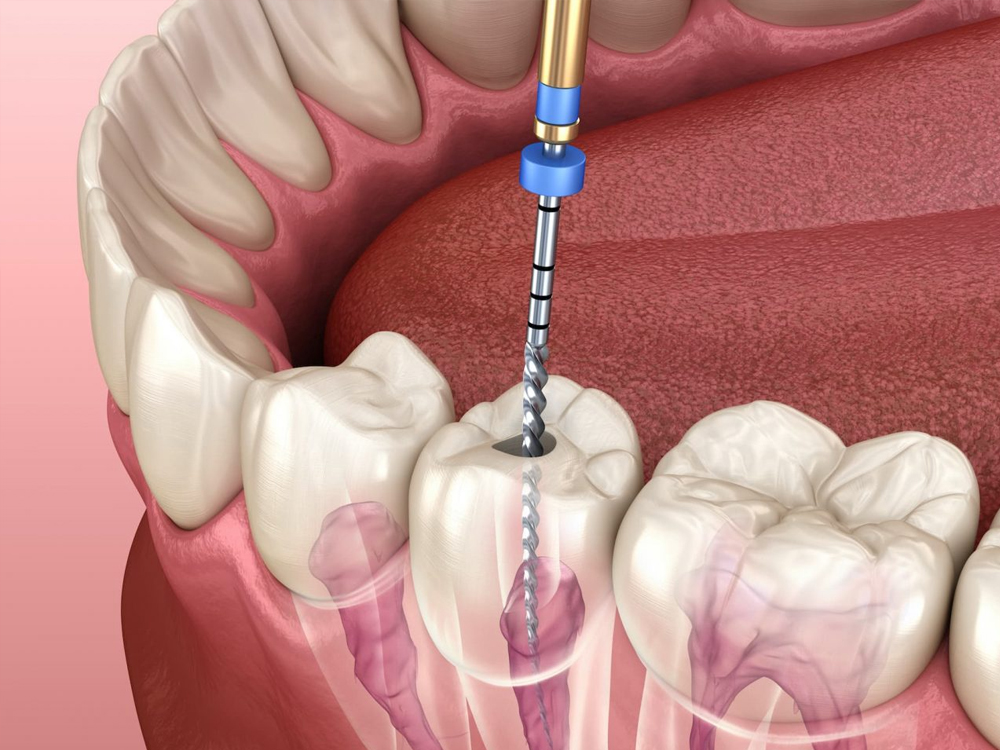
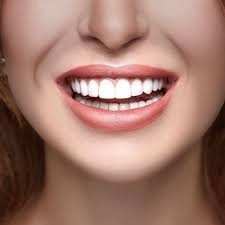
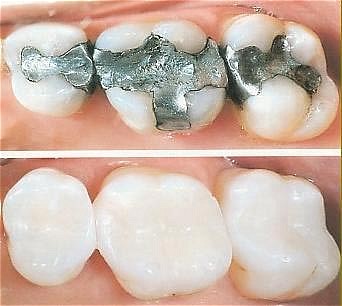
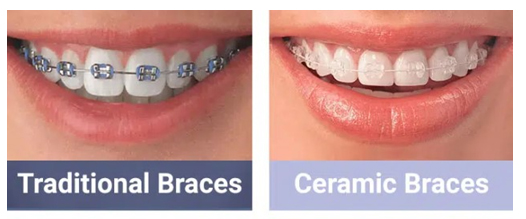
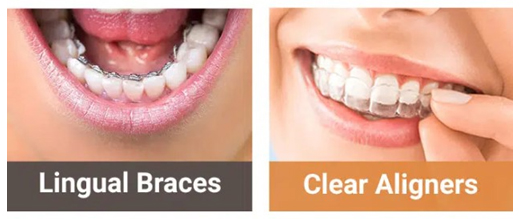

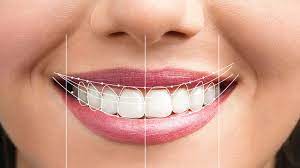
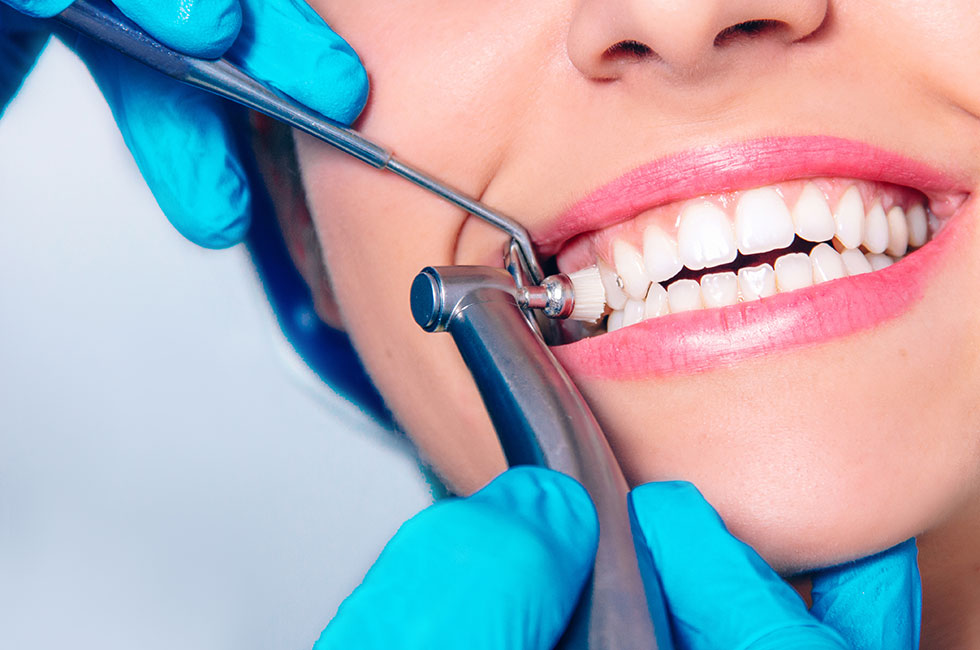
Both crowns and most bridges are fixed prosthetic devices. Unlike removable devices such as dentures, which you can take out and clean daily, crowns and bridges are cemented onto existing teeth or implants, and can only be removed by a dentist.
A crown is used to entirely cover or "cap" a damaged tooth. Besides strengthening a damaged tooth, a crown can be used to improve its appearance, shape or alignment. A crown can also be placed on top of an implant to provide a tooth-like shape and structure for function. Porcelain or ceramic crowns can be matched to the color of your natural teeth. Other materials include metal alloys, acrylic and ceramic. These alloys are generally stronger than porcelain and may be recommended for back teeth. Porcelain bonded to a metal shell is often used because it is both strong and attractive.
● Replace a large filling when there isn't enough tooth remaining
● Protect a weak tooth from fracturing
● Restore a fractured tooth
● Cover a dental implant
● Cover a discolored or poorly shaped tooth
● Cover a tooth that has had root canal treatment

A bridge may be recommended if you're missing one or more teeth. Gaps left by missing teeth eventually cause the remaining teeth to rotate or shift into the empty spaces, resulting in a bad bite. The imbalance caused by missing teeth can also lead to gum disease and temporomandibular joint (TMJ) disorders.
Bridges span the space where the teeth are missing. They are cemented to the natural teeth or implants surrounding the empty space. As with crowns, you have a choice of materials for bridges. Your dentist can help you decide which to use, based on the location of the missing tooth (or teeth), its function, aesthetic considerations and cost.
Before either a crown or a bridge can be made, the tooth (or teeth) must be reduced in size so that the crown or bridge will fit over it properly. After reducing the tooth/teeth, your dentist will take an impression to provide an exact mold for the crown or bridge. If porcelain is to be used, your dentist will determine the correct shade for the crown or bridge to match the color of your existing teeth.
Using this impression, a dental lab then makes your crown or bridge, in the material your dentist specifies. When the crown or bridge is ready, it is cemented over your prepared tooth or teeth.
While crowns and bridges can last a lifetime, they do sometimes come loose or fall out. The most important step you can take to ensure the longevity of your crown or bridge is to practice good oral hygiene. A bridge can lose its support if the teeth or bone holding it in place are damaged by dental disease. Keep your gums and teeth healthy by Brushing with fluoride toothpaste twice a day and flossing daily. Also see your dentist and hygienist regularly for checkups and professional cleanings.
To prevent damage to your new crown or bridge, avoid chewing hard foods or other hard objects.
Infants and children are not immune to oral health problems. Tooth decay is the most chronic disease among children aged five to 17. Oral health problems affecting infants are no less serious.
Some babies are born with neonatal teeth (teeth that develop in the first month) that require dental hygiene or a visit to the dentist for their removal. At least one baby tooth erupts by six months of age. And, yes, it requires cleaning.
From six months to 24 months, children begin teething in earnest, indicated by irritability, biting on objects, drooling and ear pulling. As a parent, you can help teething progress by using strategies such as massaging your child's gums, offering a chilled teething ring or cold, wet washcloth and asking your dentist for a teething ointment recommendation.
By three years of age, most if not all baby teeth have erupted. Soon after four years, spaces for permanent teeth begin to appear as the jaw, supporting bone structure and facial bones begin to grow.
From six to 12, it is typical for your child to have both baby teeth and permanent teeth in their mouth.
● Dietary modifications to prevent tooth decay.
● The correct method of cleaning and tooth brushing for infants and children.
● Fluoride applications.
● Fillings for decayed teeth.
● Removal of retained deciduous/milk teeth.
● Pulpectomy (root canal procedure for children).
● Identification and correction of orofacial anomalies/deleterious oral habits.

Dentures are removable oral appliances that replace missing teeth in your upper jaw, lower jaw or both.
Fabricating a denture requires several steps:
1. Taking dental impressions : First, your dentist will take impressions of your upper and lower jaws. This includes your gums and any remaining teeth.
2. Making a dental model : Your dentist will send your impressions to a dental lab. A dental technician will use your dental impressions to craft a stone model (replica) of your mouth. They'll use this model to create your custom denture.
3. Customizing the denture : After a final impression, your bite will be recorded on wax blocks. Artificial teeth are then added and checked to ensure that the upper and lower teeth fit together correctly.
4. Polishing the denture : Once the technician creates your new denture, they'll polish it to a natural-looking shine and send it back to your dentist for your fitting.
Your dentist will place your new dentures in your mouth and check the fit. They'll carefully look for any areas that put excess pressure on your gums and make any necessary final adjustments to your denture.
It's important to know that it usually takes several office visits to achieve the desired fit. This is because the soft tissues in your mouth will need time to adjust to your denture.
Dentures offer a number of benefits, including:
● Improved chewing function.
● Enhanced appearance.
● Improved speech function.
● Better nutrition (due to improved chewing function).
Fabricating a denture requires several steps:
Many traditional denture wearers complain that their appliances shift, wobble or slip out of place when they're speaking or chewing. This is especially true in denture wearers having poor bone support. In addition, your jawbone gradually shrinks following tooth loss, leading to facial collapse (like sunken-in cheeks).
The answer to this question is different for everyone. It can take time — weeks or sometimes months — to get used to your new dentures. Keep in mind you may need several adjustments during the first couple of weeks to achieve your desired fit.
The average lifespan of a denture is seven to 10 years. Most people will need replacement dentures at this point.
You should also get a denture reline every one to two years — or whenever you notice changes in the way your denture fits. During this process, your dentist will add material to your denture to ensure a more comfortable fit.
Proper care and maintenance helps keep your dentures in good condition. Here are a few general guidelines to make sure your appliance lasts as long as possible:
● Remove your dentures at the end of every day.
● Clean your dentures using a denture brush and paste.
● Soak your dentures overnight in a denture solution.
● Brush your gums, tongue, inner cheeks, roof of your mouth and any remaining teeth twice a day to remove plaque and debris.
The temporomandibular joint (TMJ) acts like a sliding hinge, connecting your jawbone to your skull. You have one joint on each side of your jaw. TMJ disorders can cause pain in your jaw joint and in the muscles that control jaw movement.
The exact cause of a person's TMJ disorder is often difficult to determine. Your pain may be due to a combination of factors, such as genetics, arthritis or jaw injury. Some people who have jaw pain also tend to clench or grind their teeth (bruxism), although many people habitually clench or grind their teeth and never develop TMJ disorders.
In most cases, the pain and discomfort associated with TMJ disorders is temporary and can be relieved with self-managed care or nonsurgical treatments.
Consult our doctors today to help determine what the ideal treatment for you should be.

Dental implants are medical devices surgically implanted into the jaw to restore a person's ability to chew or their appearance. They provide support for artificial teeth, such as crowns, bridges, or dentures.
Before choosing dental implants, talk to your dental provider about the potential benefits and risks, and whether you are a candidate for the procedure. Things to consider:
● Your overall health is an important factor in determining whether you are a good candidate for dental implants, how long it will take to heal, and how long the implant may stay in place.
● Ask your dental provider what brand and model of dental implant system is being used and keep this information for your records.
● Smoking may affect the healing process and decrease the long-term success of the implant.
● The healing process for the implant body may take several months or longer, during which time you typically have a temporary abutment in place of the tooth.
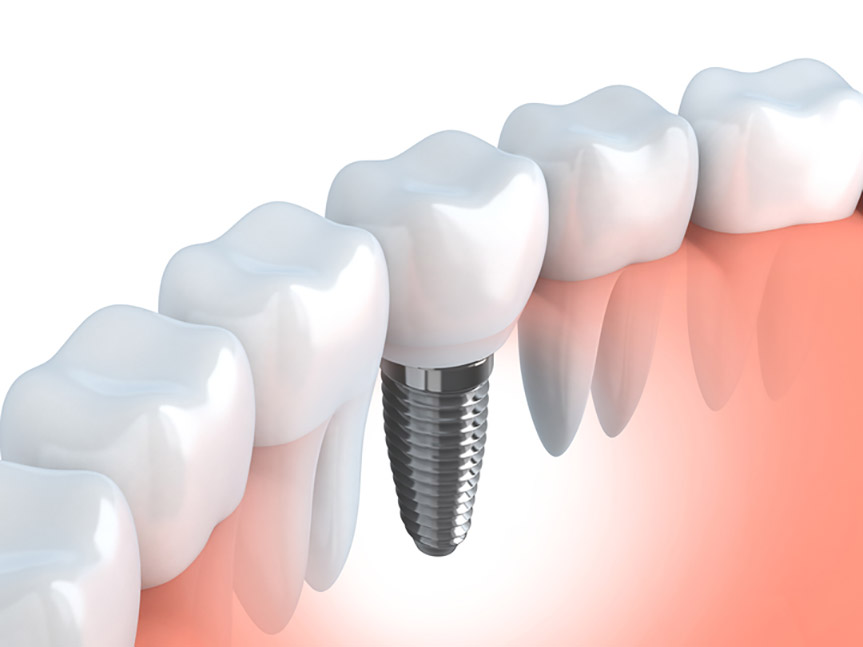
● Carefully follow the oral hygiene instructions given to you by your dental provider.
● Regularly cleaning the implant and surrounding teeth is very important for long-term success of the implant.
● Schedule regular visits with your dental provider.
● If your implant feels loose or painful, tell your dental provider right away.
● Restores the ability to chew
● Restores cosmetic appearance
● Helps keep the jawbone from shrinking due to bone loss
● Preserves the health of the surrounding bone and gums
● Helps keep adjacent (nearby) teeth stable
● Improves quality of life
● Damage to surrounding natural teeth during implant placement
● Injury to the surrounding tissues during surgery, such as sinus perforation
● Injury during surgery (for example, fracture of surrounding jawbone)
● Inadequate function, such as feeling like the teeth do not bite together normally
● A sensation that the tooth is loose or twisting in place resulting from an abutment screw loosening
● Implant body failure (looseness of the implant body)
o due to systemic infection, which may be more likely in patients with uncontrolled diabetes
o due to local infection in bone and gums supporting the implant body
o due to delayed healing, which may be more likely in patients who smoke
● Difficulty cleaning the gums around the implant, resulting in poor oral hygiene
● Untreated periodontal disease
● Post-surgical numbness due to nerve impingement or damage
● Always notify health care providers and imaging technicians that you have dental implants before any magnetic resonance imaging (MRI) or x-ray procedures. Dental implants can distort or interfere with these images. FDA is not aware of any adverse events reported for MRI or x-ray procedures with dental implants.

